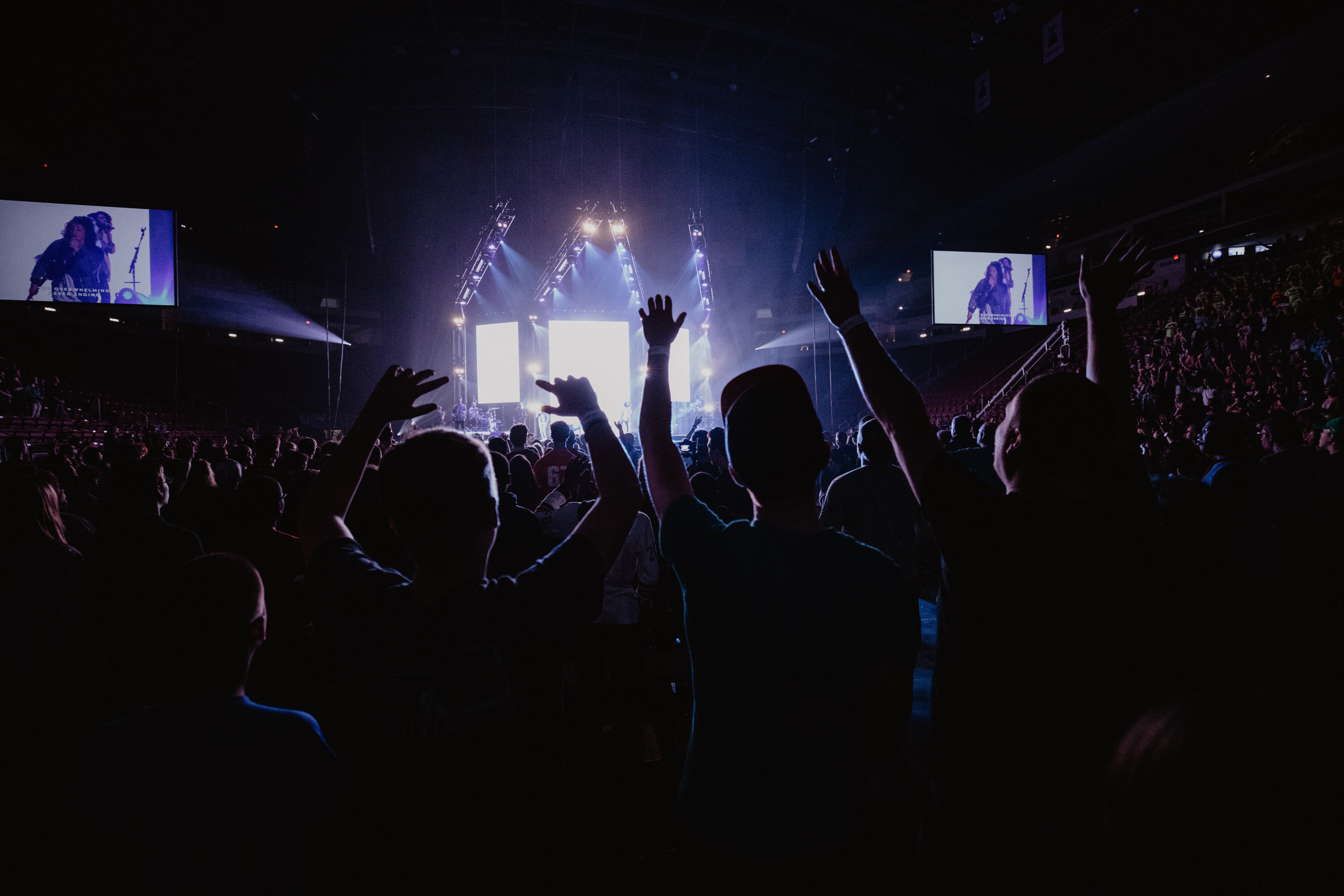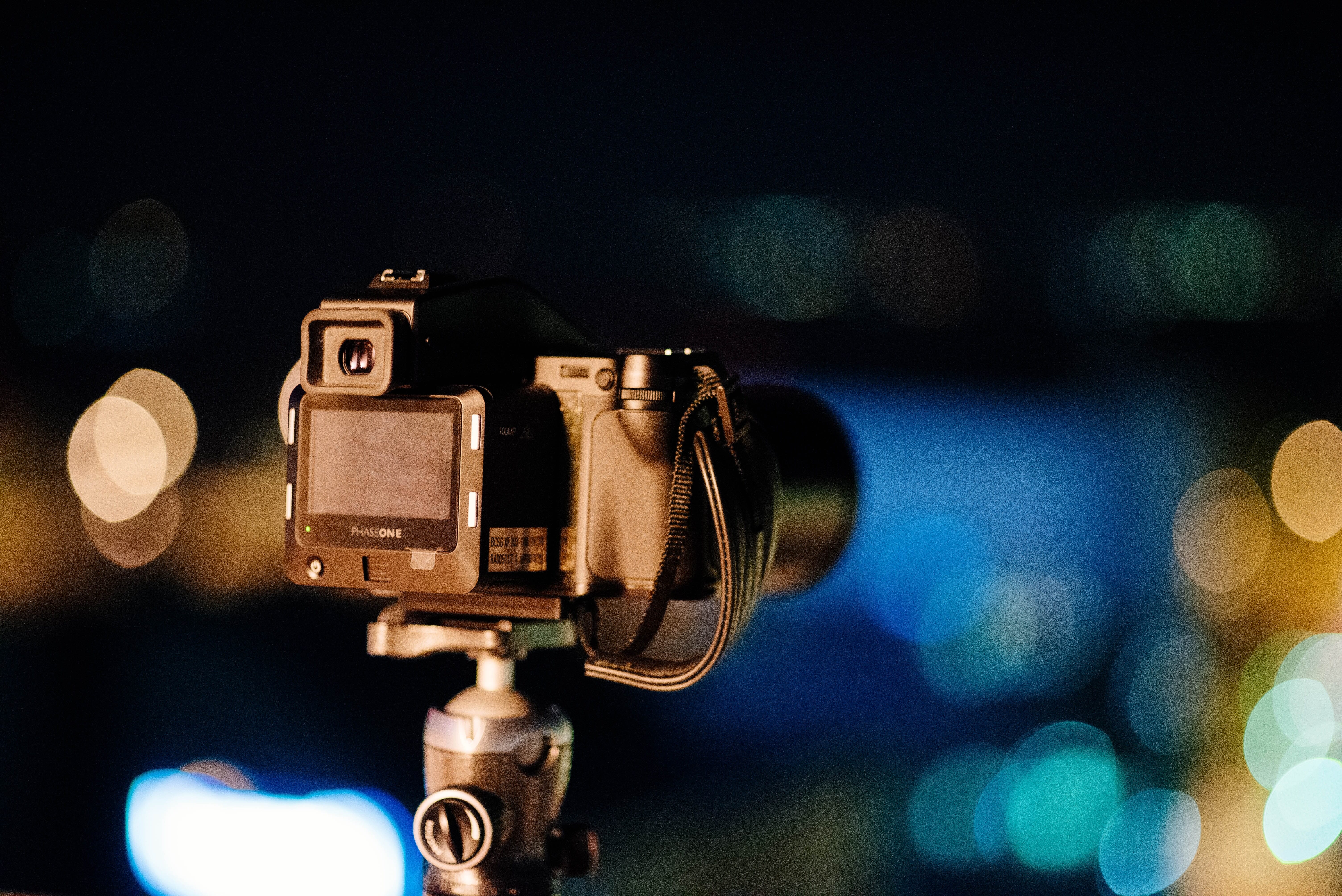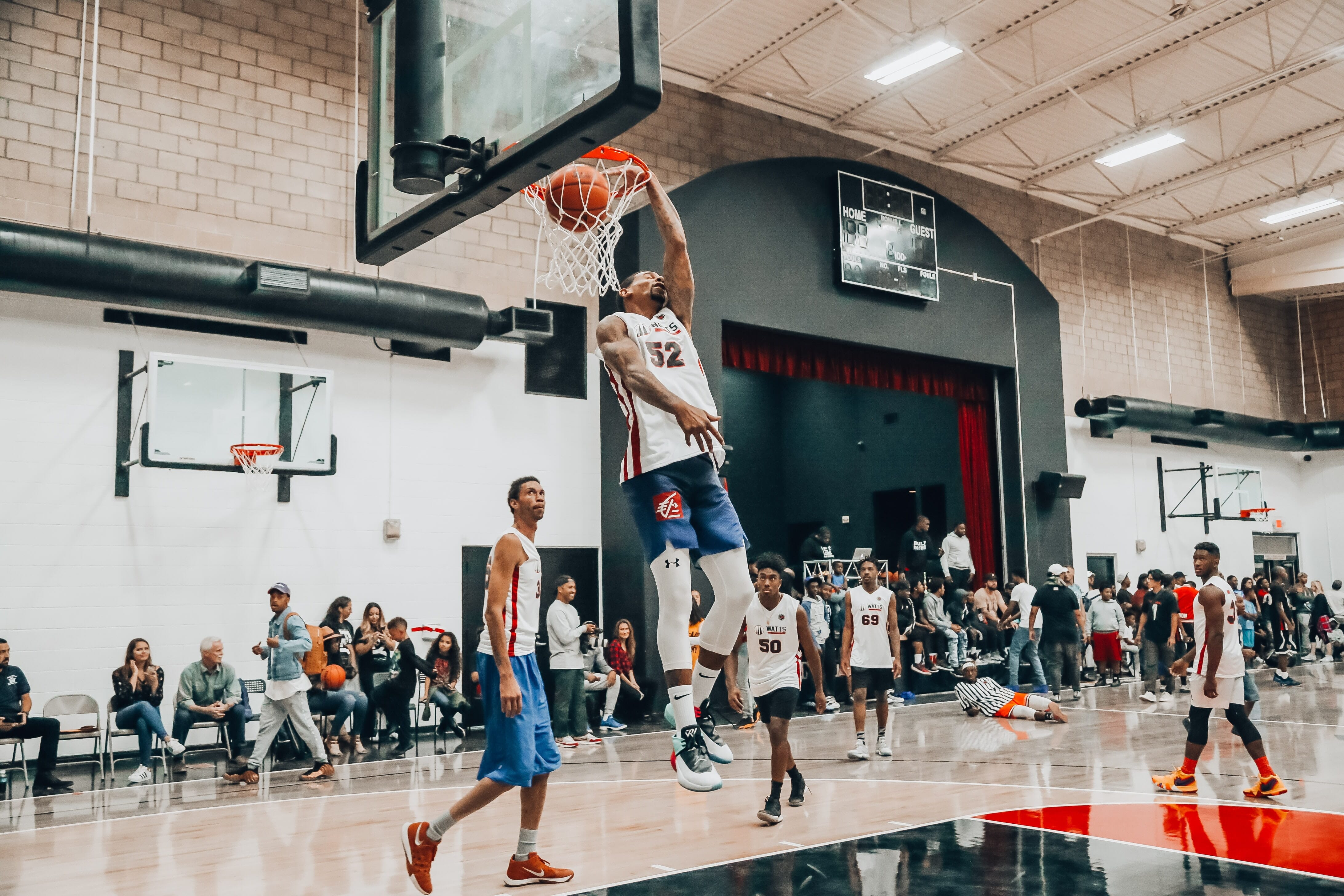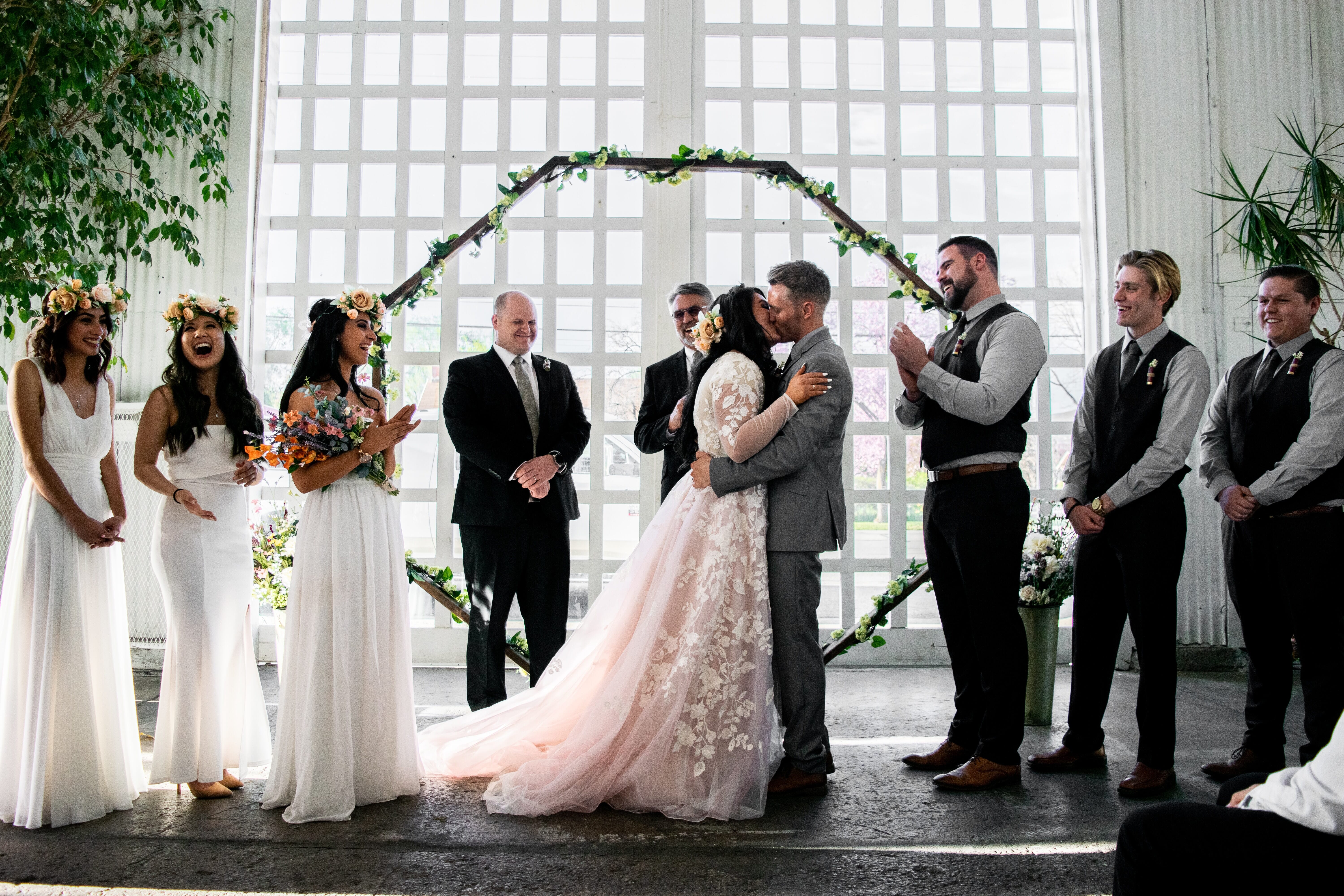Editor’s Key Takeaways: Achieving Stunning Indoor Low Light Photos

Struggling with indoor low light photography? Don’t worry–this guide covers essential tips and techniques for capturing stunning low-light images without using a flash. Here’s a summary:
- Common Low Light Photography Struggles: Understand the challenges of capturing light in low-light conditions, including dark photos, blurry images, and noise.
- Gear for Low Light Photography: Learn about the essential equipment needed to gather more light and enhance photo quality in low-light situations.
- The Best Settings for Indoor Low Light Photography: Discover optimal camera settings such as ISO, shutter speed, and aperture for achieving sharp, well-exposed, and low-noise photos.
- Additional Low Light Photography Factors: Explore other crucial factors including tripod usage, lens choice, and post-processing techniques for refining your low-light images.
Achieving the perfect balance of gear capabilities and settings is key to producing high-quality indoor low-light photos. Whether you’re dealing with noise or blur, these insights can help you capture detailed and vibrant images in challenging lighting conditions.
Introduction
If you’re struggling to capture beautiful indoor low light photography, don’t worry–because this guide is exactly what you need.
I’m going to share with you some step-by-step techniques for stunning low light photos.
That way, the next time you’re faced with a challenging low light situation, but you don’t want to use a flash, you’ll be well-equipped to capture some amazing results.
Indoor Low Light Photography Tips:
Common Low Light Photography Struggles
Photography is all about capturing light.
Which is why low light photography can be so difficult, because you’re always faced with a shortage of light.
So what happens when you don’t have enough light?
There are a few different possible results.
First, you can end up with a photo that’s overwhelmingly dark, like this one here:

That’s very rarely a good outcome, and even a lot of post-processing won’t be able to rescue it.
Second, you can end up with a photo that’s well-exposed (i.e., detailed and bright), but that is very blurry.
Again, that’s not an ideal outcome.
Third, you can end up with a photo that’s well-exposed and sharp, but is somewhat noisy. This is an okay solution, and one that will work for some images better than others.
But the ideal outcome is capturing a photo that carefully balances gear capabilities and different settings, so that you get a photo that’s sharp, well-exposed, and has very little noise.
And that’s what this article is all about.
Sure, I’ll also discuss possibilities for if you can’t achieve the above.
But I’ll primarily focus on easy ways to achieve the ideal result.
Starting with the best gear for indoor low light photography:
Gear for Low Light Photography
If you want to capture sharp, well-exposed, noise-free indoor photos in low light, you need gear that allows you to gather as much light as possible, with as few negative consequences as possible.

What does this mean?
It means you should choose a camera that has the best high-ISO capabilities you can afford.
That way, you’ll be able to boost the ISO without experiencing a lot of noise (which, in turn, will help you keep your shutter speed sufficiently high for sharp images!).
Now, there’s a lot of variation in terms of high-ISO camera capabilities. But, generally speaking, you get what you pay for.
Older cameras tend to offer poorer high-ISO capabilities, as do Micro Four Thirds cameras and full-frame cameras, compared to full-frame cameras.
You’ll also want to pay attention to megapixel count. Because while a high megapixel count is considered better for most applications, cameras with lower pixel counts can outperform cameras with high pixel counts when it comes to low light photography, all else being equal.
Finally, you’ll need to consider autofocusing capabilities. Autofocus tends to fail as the light becomes more limited, but this varies from camera to camera, so make sure to check any potential camera’s specifications for its minimum autofocus capabilities.
Related Posts
Second, you’re going to want to choose a lens that offers at least one of two characteristics (though both characteristics is ideal!):
Image stabilization, which will allow you to handhold at low shutter speeds without getting blurry shots.
And a wide maximum aperture, one of at least f/2.8 (though f/1.8, f/1.4, or f/1.2 is even better!).
The widers your maximum aperture, the more light you can gather at equal shutter speeds. So you’ll be able to keep the shutter speed high, while also capturing well-exposed images.
Unfortunately, wide maximum apertures do make for more expensive lenses. And image stabilization doesn’t exist on a lot of lenses (though it’s becoming more popular–and, if you can’t get image stabilization through your lenses, you can find it on a lot of mirrorless cameras!).
As with cameras, you’ll also want to think about autofocusing capabilities. Some lenses focus with speed, others not so much. Ask yourself: How important is it that I focus quickly, based on my subject?
And pick a lens that fits your needs.
One last piece of equipment worth considering:
A tripod.
While a tripod won’t help you deal with fast-moving subjects (like you’ll find if you’re doing indoor sports photography), it will allow you to capture well-exposed images of other subjects indoors, such as products and interiors.
Make sense?
The Best Settings for Indoor Low Light Photography
Now that you’re familiar with the best gear for indoor low light photography, let’s take a look at the settings you’ll want to implement.
Camera Mode
There’s no one best camera mode for indoor low light photography. I definitely don’t recommend you use Auto or Program mode, because these don’t offer much control.
But as for the other modes, my personal preferences are to use Manual mode and Aperture Priority mode, depending on the situation.
First, use Manual mode when you have time to make deliberate, thoughtful setting choices. For instance, if you’re doing still life photography and you have plenty of time to check and recheck your settings, while carefully positioning your shutter speed, aperture, and ISO, then Manual mode is a great option.
But if you’re doing more fast-paced photography, such as in an enclosed stadium where players may go in and out of the artificial lighting, I’d really recommend going with Aperture Priority. That way, you can select your aperture and your ISO–but your camera will compensate for changes in the lighting by adjusting the shutter speed, ensuring you get well-exposed images with decent consistency.
And speaking of aperture:
Aperture
If you’re shooting indoors, you’re going to want to use the widest aperture your lens allows, almost without exception.
Because the wider the aperture, the more light you’ll let in, which will allow you to capture sharp, well-exposed images.
Note that the widest aperture will vary from lens to lens, so while a 50mm f/1.8 will allow a maximum aperture of f/1.8, a 24-70mm f/4 will only allow you to widen your aperture to f/4. This will hinder your ability to capture beautiful low light photos, which is why it’s important that you tailor your lens choices to your low light shooting habits (and it’s why professional low-light photographers that shoot action use lenses with maximum apertures of at least f/2.8).
The times where you might wish to use a narrower aperture is if you don’t mind if your photo turns out blurry (because you’re aiming for an artistic effect), or you’re using a tripod and have a completely still subject.
In the situations above, you’re free to choose whatever aperture suits you, and you’ll still end up with a pleasing result.
Shutter Speed
In low light indoor photography, choosing the right shutter speed involves a careful balance of the other variables involved.
If you have an unusually wide lens and your camera can handle ISO 6400 without any hint of noise, then go ahead and set a fast shutter speed, one that ensures you’ll get consistently tack-sharp photos.

(The value will depend on your subject, but 1/1000s is a good midrange starting point, which you can adjust up or down if needed.)
However, if you don’t have the aforementioned capabilities, then you’re going to want to carefully select your shutter speed (or, if you’re shooting in Aperture Priority, you’ll want to carefully ensure you get the shutter speed you want by adjusting the aperture and ISO).
Here’s what I recommend you do:
Start by estimating the lowest shutter speed you can get away with while still keeping most of your shots sharp.
Dial in this shutter speed.
And don’t drop it any further, no matter what happens. If you need to brighten up your photo, raise the ISO, but don’t adjust the shutter speed.
Because while a noisy image is bad, a blurry image is completely unusable.
ISO
If you don’t have stellar low-light gear, then ISO tends to be where you make sacrifices.
You start by dialing in the widest aperture you can afford.
Then you use the slowest shutter speed that’ll allow for consistently sharp photos.
And then…
…you dial in the ISO you need to keep the above settings in place.
I always go into situations with my native ISO speed (which is ISO 100 on most cameras). But then, as the situation demands, I raise it.
So if I were photographing an indoor sports game, I might start with a lower ISO during the pregame warmup, but then boost it (along with the shutter speed) as the game started.
Make sense?
Additional Low Light Photography Factors to Keep in Mind
While carefully-chosen gear and properly-selected settings will make a big difference to your low light photography, I also recommend you think very carefully about other factors, including aesthetics and camera positioning.
For instance, if you embrace intentionally blurred shots, you won’t need to worry about your shots becoming too noisy (because you’ll be able to keep the ISO nice and low).
And if you are willing to accept a dramatic, dark, moody effect, then you won’t have to reduce your shutter speed quite as much nor boost your ISO to a great extent.
Alternatively, you can ensure that you still get nice contrast while keeping your shutter speed high and your ISO low if you position yourself so that your subject sits in front of a light source.
In other words:
You get down low to the ground, so that your subject is silhouetted by the lights behind. That way, you get an interesting photo, but you don’t need to gather enough light for a detailed photo.
Finally, if you’re willing to accept the noisy, grainy aesthetic, you can be a lot freer in your approach to low light photography.
Generally speaking, noise is unacceptable in nature photography genres, such as landscape and macro photography.
But, as an indoor shooter, you don’t have to worry so much about those issues. It’s okay to capture somewhat grainy sports shots, for instance, because it lends a sense of grittiness to the images. And you can fix grainy images to some extent in post-processing, though you have to be careful about compromising the quality of the overall shot.
Indoor Low Light Photography: Conclusion
Now that you’ve finished this article, you know all about indoor low light photography–and you know the gear, the settings, and a few additional techniques for stunning indoor shots.
So go and take some photos! Your low-light images will turn out much stronger than before.

What type of camera should you get for indoor low-light photography?
I recommend a camera that offers very nice high-ISO capabilities. This means that you’ll want a full-frame camera over a Micro Four Thirds or an APS-C camera–and the newer the camera, the better (generally speaking), because sensors are always improving.
What type of lens do you need for indoor low-light photography?
I recommend a lens with image stabilization, as well as a wide maximum aperture. F/2.8 is sort of the standard for indoor low-light photography, and wider is better (so f/1.8 or f/1.4 are both improvements). You’ll also want a lens that can autofocus well, especially if you’re planning to shoot moving subjects.
What’s the best shutter speed for low light photography?
As with ISO, I recommend using the fastest shutter speed you can afford, without compromising on image quality in other ways. Really, you have to balance the ISO and the shutter speed together–picking a shutter speed that is fast enough for sharp images, but not so fast that the ISO gets too high.
What’s the best aperture for low light photography?
I recommend using the widest aperture available to you, which is generally either f/2.8, f/4, or f/5.6. If you need a narrower aperture to capture a sweeping landscape-type image, then a tripod is a necessity. Otherwise, you’re going to end up with a too-low shutter speed or a too-high ISO, neither of which are good.
What’s the best ISO for low light photography?
I recommend you use the lowest ISO you can afford, while still keeping things relatively noise-free. The particular number depends on both your camera and the scene (if you’re photographing fast moving objects, for instance, you’ll need to keep the ISO higher to avoid using a too-low shutter speed).
